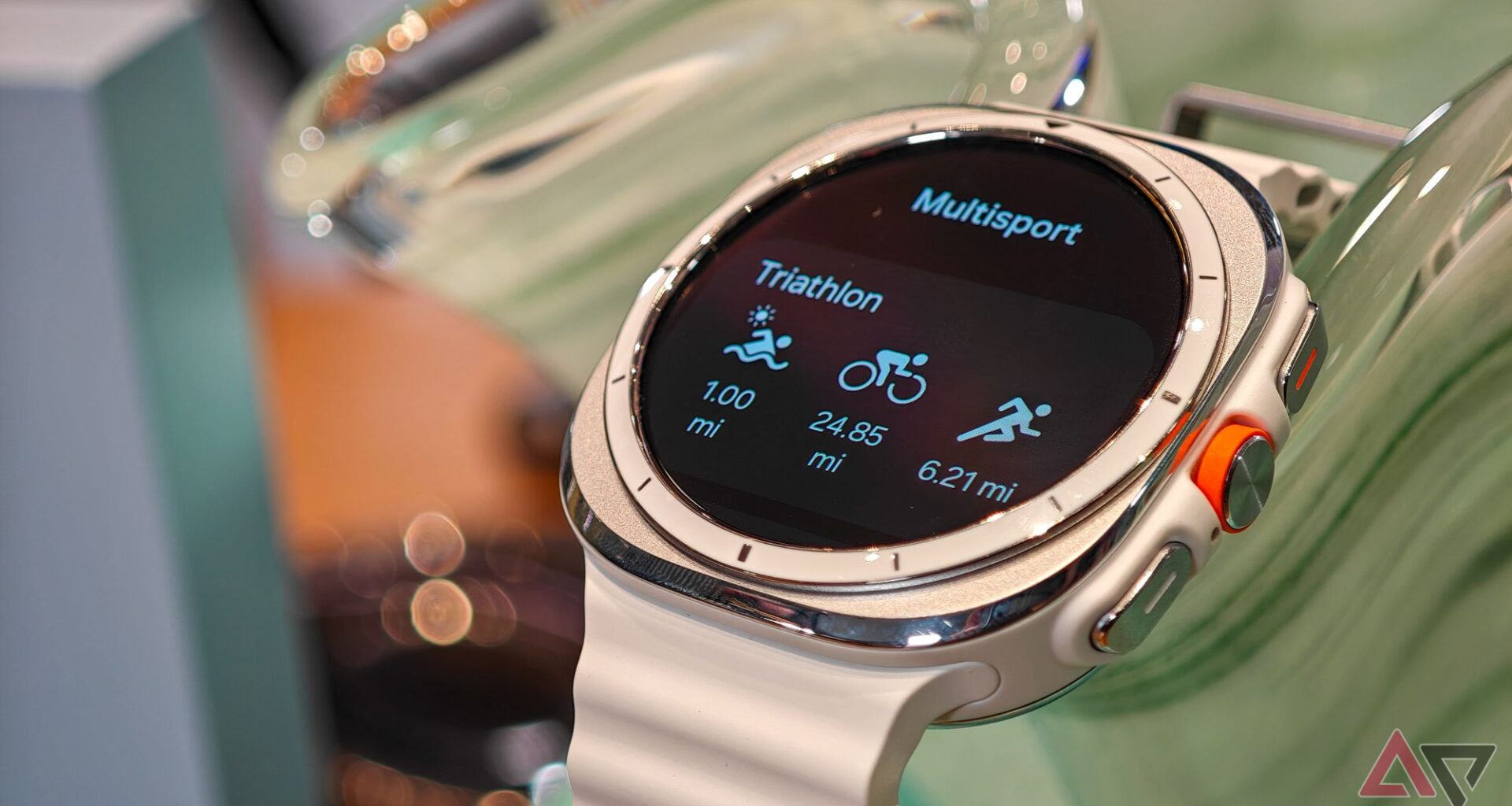The Samsung Galaxy Watch Ultra is going where no smartwatch has (probably) gone before, as it’s part of an ongoing, first-of-its-kind study where it’ll be used to monitor the potential health effects experienced by astronauts during space travel.
9:36
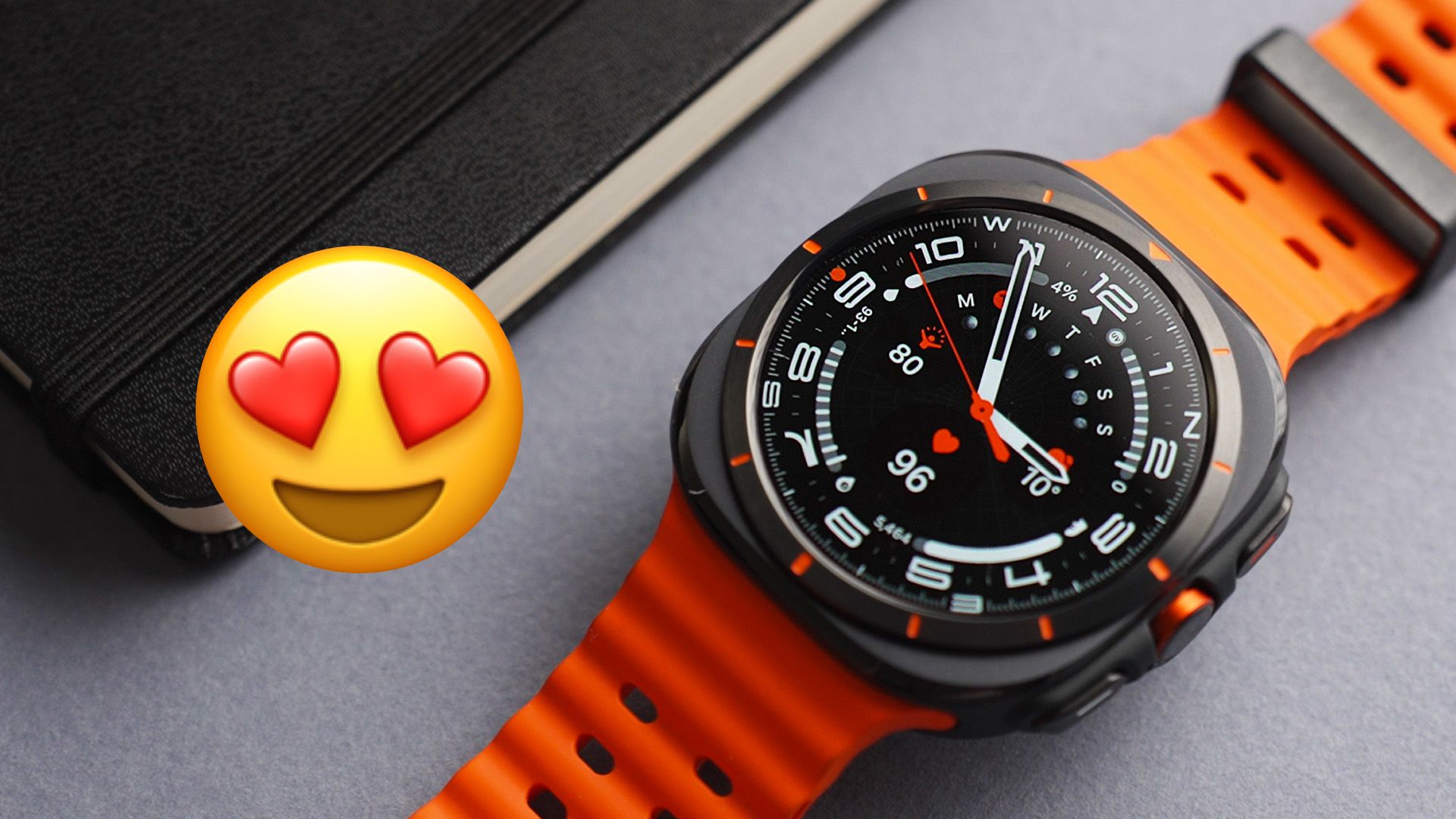
Related
Samsung Galaxy Watch Ultra review: This watch has me convinced [Video
This watch may take me away from my Garmin Fenix 7 Sapphire Solar
For this, the Galaxy Watch Ultra was strapped to the wrists of six individuals who were isolated in a test facility on Earth for eight days, an environment designed to help reveal the psychological and physical effects of a true mission in space.
Watch Ultra in isolation
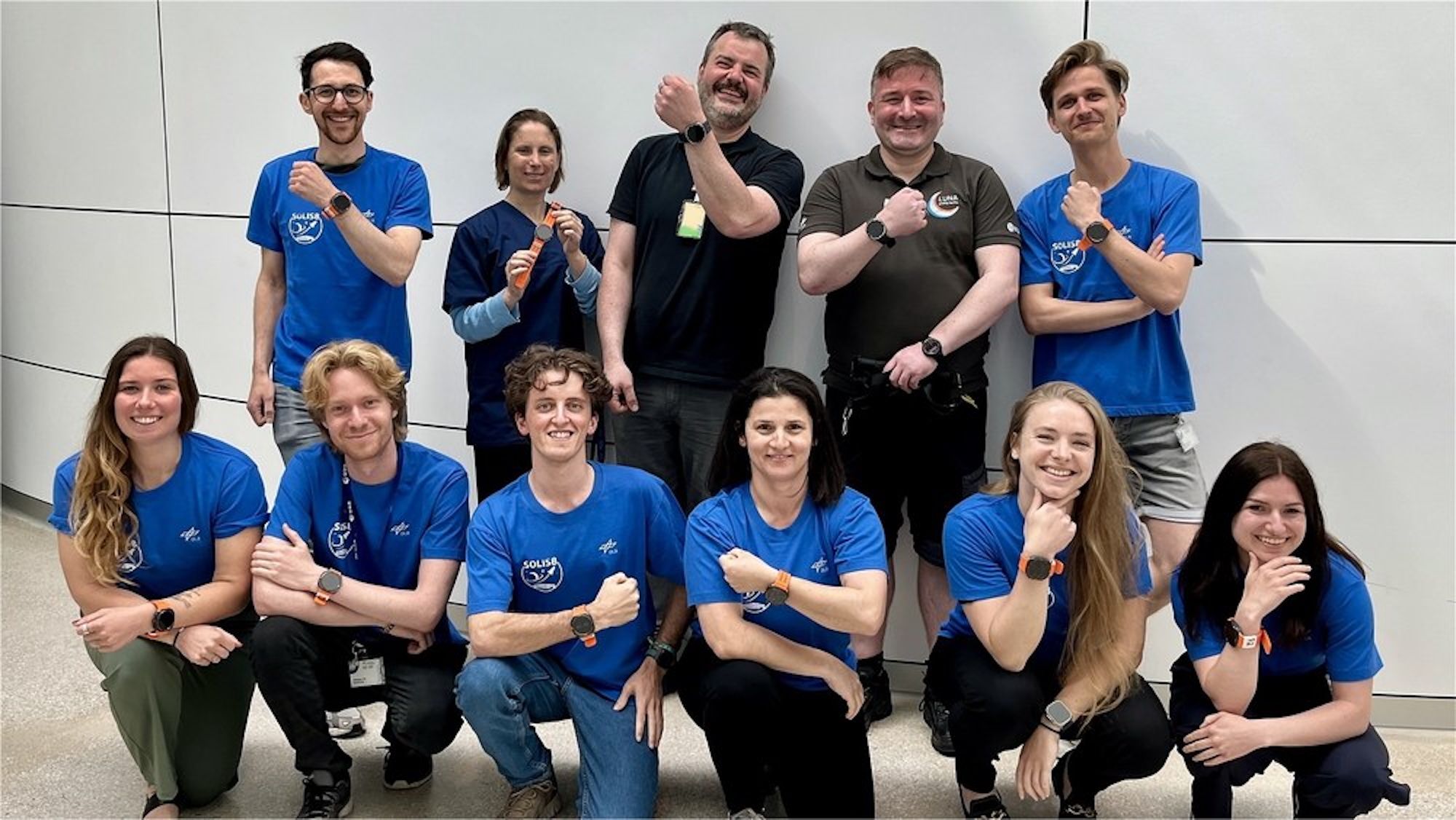
https://www.dlr.de/en/me/latest/news/2025/isolation-study-puts-focus-on-smartwatches-for-secure-health-monitoring-during-space-missions
DLR Institute of Aerospace Medicine
The SOLIS8 participants all wearing a Samsung Galaxy Watch Ultra
Conducted by the European Space Agency (ESA), the German Aerospace Center (DLR), and the Institute of Aerospace Medicine, the isolation study, named SOLIS8, is the first of its type to use smartwatches for health monitoring. The team partnered with Samsung Germany and IT service provider Adesso, choosing the Galaxy Watch Ultra after wanting an easy-to-use, cable-free, smart device to record and collate health and vital signs, all without a data connection.
“The use of smartwatches in our study has shown that these watches can be used for vital sign monitoring without intermediate devices such as mobile phones, even in challenging situations like the complete isolation of participants. The high level of user acceptance combined with secure encryption opens up new prospects in space exploration as well as in remote research stations or telemedicine,” said representatives of the Institute of Aerospace Medicine.
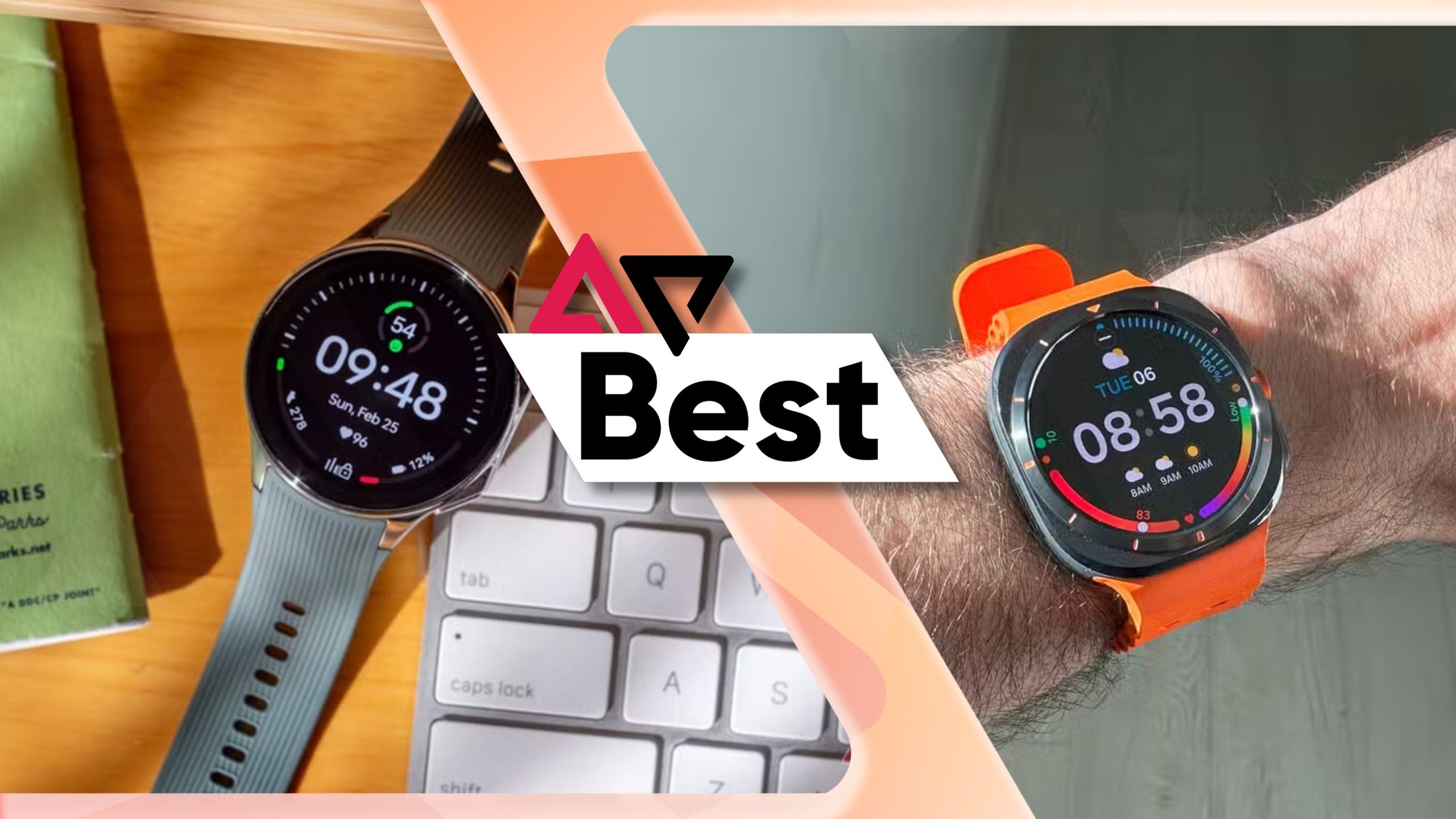
Related
Best smartwatches for battery life in 2025
Giving you multiple days between charges
Data collected from the successful test is being used to inform a “Biobase” created by the DLR, which is dedicated to monitoring life support systems and the vital signs of what it calls “habinauts,” where astronauts will spend longer in space in a strictly controlled, isolated environment. It also follows research previously conducted with the help of Samsung to establish if unmodified smartwatches could operate in space, and encrypted data streams and sensor readings were all tested successfully.
Life in a habitat module
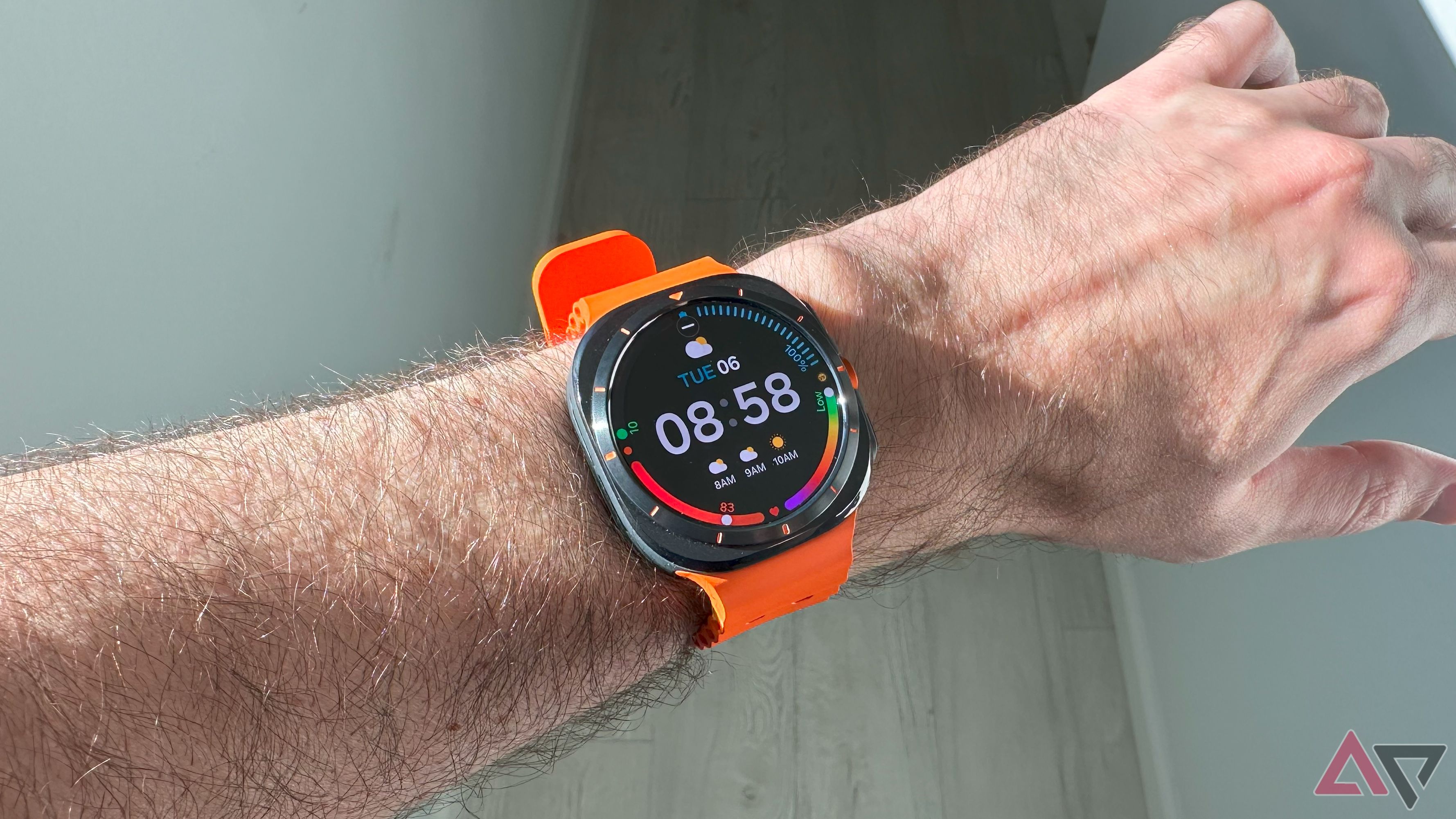
Adesso shared more on how the Galaxy Watch Ultra worked in the study. It was connected to a local Wi-Fi network, and informed a specially created program designed to capture and analyze medical and health data. All this was collected, encrypted, and processed locally, according to the IT firm.
The Watch Ultra was worn all the time by each participant, except while charging. The SOLIS8 study wasn’t just a case of shutting six people in a room for a week either. It simulated real space missions. The six participants — three men and three women — were in complete isolation, with no external contact and no daylight for eight days, and on a strict schedule informing them when to eat, sleep, exercise, and even shower.
The Galaxy Watch Ultra will help add deeper data insights into the effects of extended space travel
One of the participants, Charlotte Pouwels, who took on the role of deputy commander, shared on Instagram what the study was like. She explained everyone slept in special pods stacked up inside a “habitat module,” ate freeze-dried food, were only able to bring a small selection of personal items totaling no more than 1.5kg, and had no access to phones or even music. She added that while it was all tightly controlled, everyone “remained in high spirits throughout.”
Galaxy Watch Ultra in space?
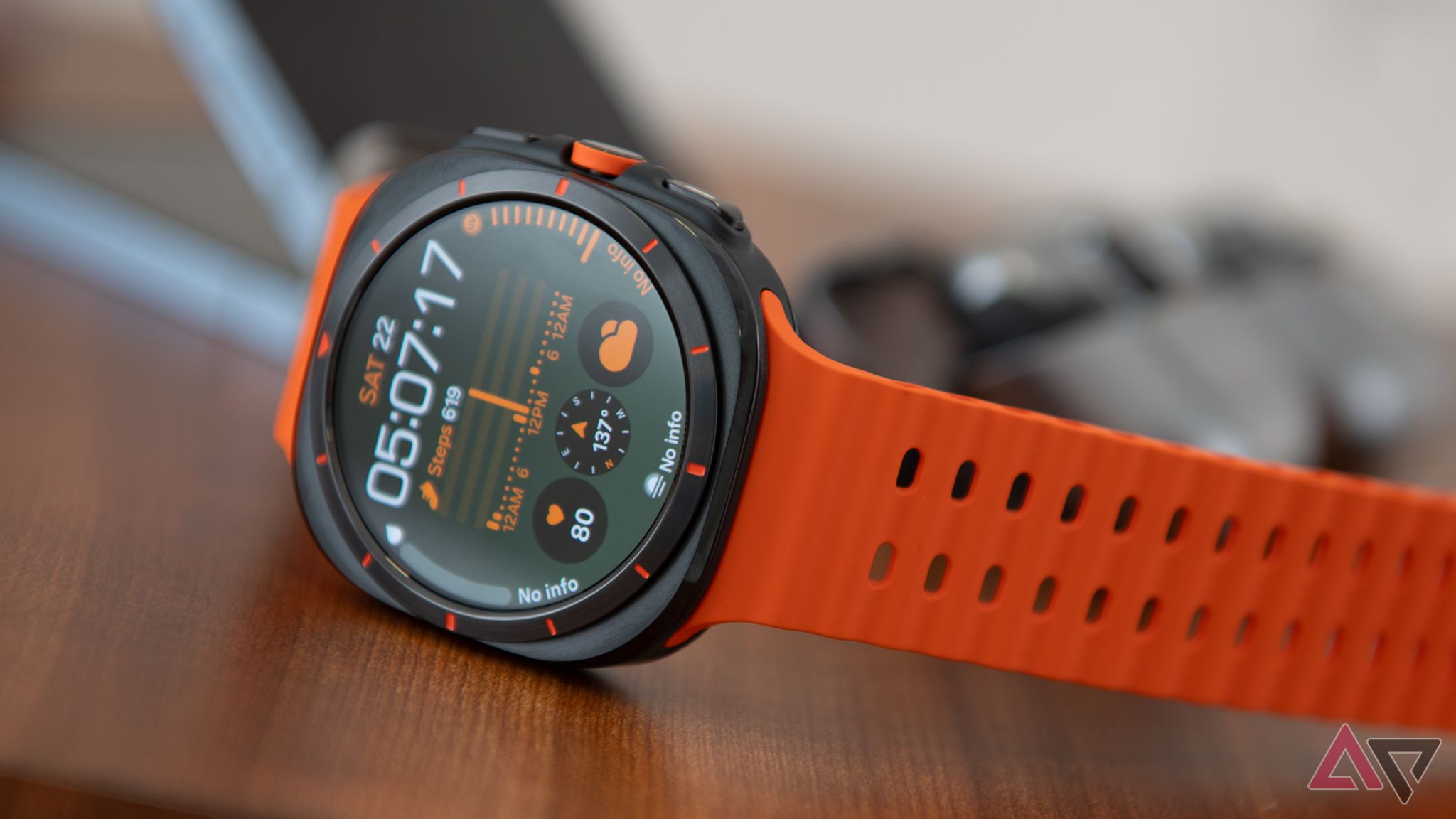
Isolation studies have been used to better understand how the conditions in space affect astronauts, but data is still limited, according to Sarah Piechowski-Worms, who headed up the study. The SOLIS8 study and the Galaxy Watch Ultra will help add deeper data insights into the effects of extended space travel, and how people operate in confined spaces and on set schedules.
If you’re wondering what the results are, the data from the SOLIS8 study is being evaluated now. However, it’s just the start, and sets the scene for the next study, called SOLIS100, beginning in the near future. This time it will run for 100 days and include both a main crew and a backup crew. Next time you glance down at your Galaxy Watch Ultra, remember how it’s playing an integral role in preparing astronauts for space travel, and not many watches can make that claim.
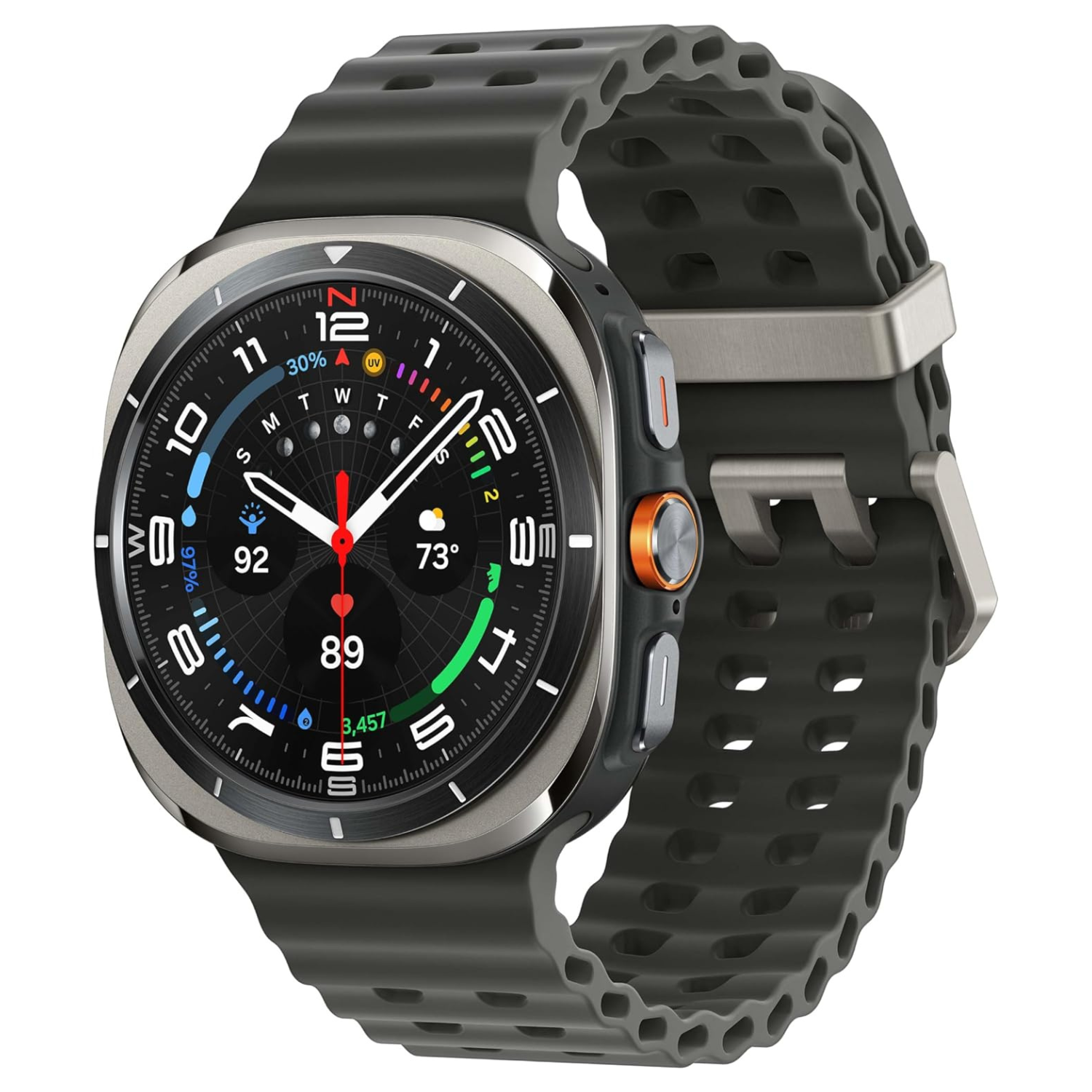
- Case size
-
47mm
- Case Material
-
Titanium
- Display
-
1.5″ AMOLED
- Display resolution
-
480 x 480
